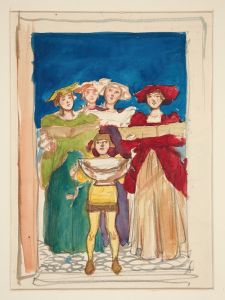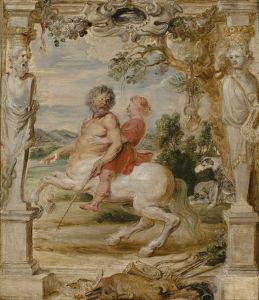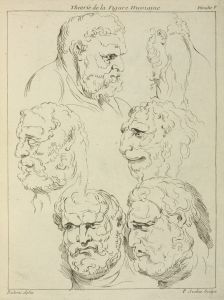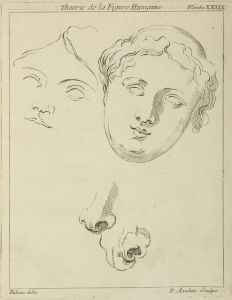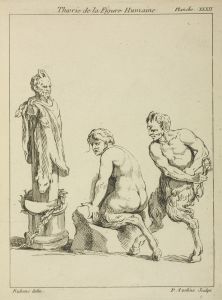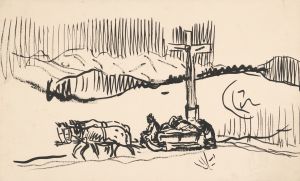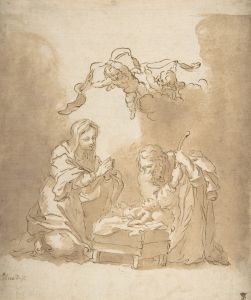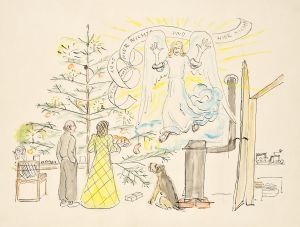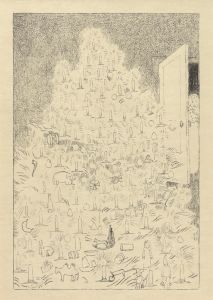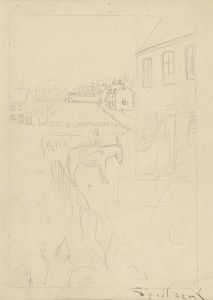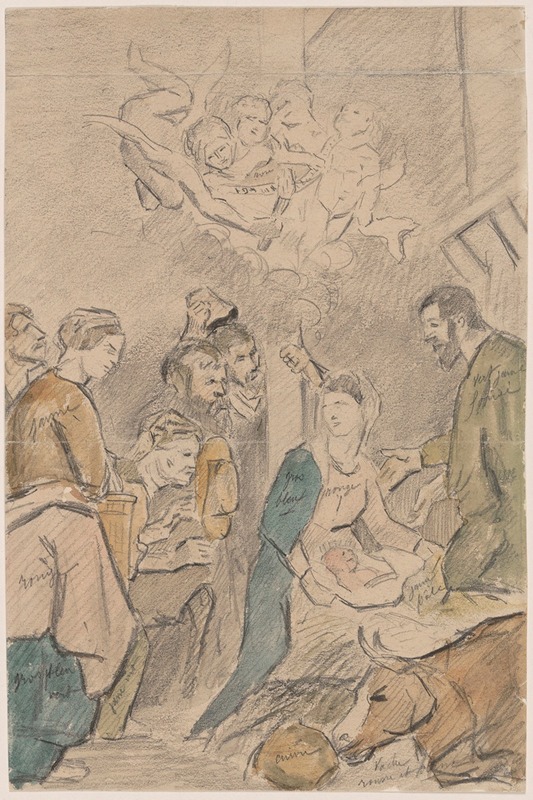
The Adoration of the Shepherds
A hand-painted replica of Peter Paul Rubens’s masterpiece The Adoration of the Shepherds, meticulously crafted by professional artists to capture the true essence of the original. Each piece is created with museum-quality canvas and rare mineral pigments, carefully painted by experienced artists with delicate brushstrokes and rich, layered colors to perfectly recreate the texture of the original artwork. Unlike machine-printed reproductions, this hand-painted version brings the painting to life, infused with the artist’s emotions and skill in every stroke. Whether for personal collection or home decoration, it instantly elevates the artistic atmosphere of any space.
The Adoration of the Shepherds is a painting by the Flemish Baroque artist Peter Paul Rubens, created around 1608–1609. This work is an oil on canvas and is considered one of Rubens' early masterpieces, showcasing his skill in dramatic composition, dynamic movement, and the use of light and shadow. The painting depicts the biblical scene of the Nativity, specifically the moment when shepherds arrive to pay homage to the newborn Christ, as described in the Gospel of Luke.
The composition centers on the infant Jesus, who is illuminated by a soft, radiant light that symbolizes his divinity. Surrounding him are the Virgin Mary, Saint Joseph, and a group of shepherds, whose expressions and gestures convey awe and reverence. The figures are arranged in a dynamic, circular composition, drawing the viewer's eye toward the Christ child. Rubens employs chiaroscuro, a technique that contrasts light and dark, to heighten the emotional intensity of the scene and to emphasize the spiritual significance of the moment.
This painting reflects Rubens' exposure to Italian art during his stay in Italy from 1600 to 1608. During this period, he studied the works of Renaissance and Baroque masters such as Caravaggio, whose dramatic use of light and shadow influenced Rubens' approach to this work. The Adoration of the Shepherds also demonstrates Rubens' ability to blend the naturalistic details of the figures with a sense of grandeur and theatricality, hallmarks of the Baroque style.
The painting is housed in the Museo del Prado in Madrid, Spain. It is part of the museum's extensive collection of works by Rubens, who was highly regarded in his time and remains one of the most celebrated artists of the Baroque period. The Adoration of the Shepherds is notable not only for its artistic qualities but also for its ability to convey the emotional and spiritual essence of the Nativity story.
Rubens' work on this painting is an example of his early maturity as an artist, combining influences from his Italian studies with his own evolving style. The painting continues to be admired for its technical brilliance and its ability to evoke a profound sense of devotion and wonder.





